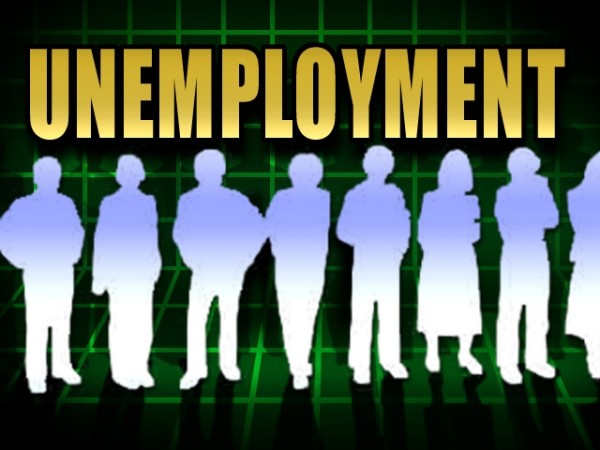Unemployment Claims Rise Despite Overall Improvement


The latest report from the Employment and Training Administration of the U.S. Department of Labor shows that first time unemployment insurance claims increased by 2,000 last week. According to the report, there were 366,000 initial claims in the week ending August 11.
These numbers should not be analyzed by themselves, because to do so would be an act of intentional negligence. The Unemployment Weekly Claims Report also shows that the seasonably adjusted average of first time claims for the last four weeks dropped 5,500 from 369,250 to 363,750. The week ending August 4 saw a decrease of 6,000 from the week before.
The adjusted insured unemployment rate for last week was 2.6%, which didn’t change from the previous week. The rate is an improvement from this time last year when it was at 2.9%.
“There’s a gradual improvement on the layoffs side,” economist Peter Newland told Bloomberg last week after the ETA reported 6,000 fewer people that filed for unemployment benefits for the first time the week before. He went on to say that there will likely be a rebound in the second half of the year. It won’t be dramatic, but there will be some good news.
If these numbers reveal anything it is that there is improvement, but it not big enough to boost consumer confidence. Overall, the layoffs side is looking better despite the 2,000 increase in jobless claims last week. When there is still a great deal of ambiguity over economic outlook there are going to be bumps in the road, but the numbers over the last four weeks show mending in the job market.
The biggest concern is job creation. There hasn’t been a high enough level of overall growth to get the labor market out of the statistical stalemate it has been in for the past few months. The lowest the unemployment rate has been this year is 8.1% and the highest has been 8.3%. The rate increased slightly in July despite higher than expected job creation during the month.
We are seeing persistent job growth, but it hasn't been enough to overshadow other variables that contribute to calculating the unemployment rate, including people who have left the labor market or are returning to it. July's gains were the strongest in five months, but the unemployment rate doesn't reflect that and for the American people it is about perception.
The current state of the economy and the labor market is the primary concern for many voters going into the 2012 general election, especially independent voters. There are signs of recovery, but it is too slow to satisfy voters. The closer we get to November the harder it will be for candidates to avoid the subject, because this is where the focus needs to be and it isn’t right now.



